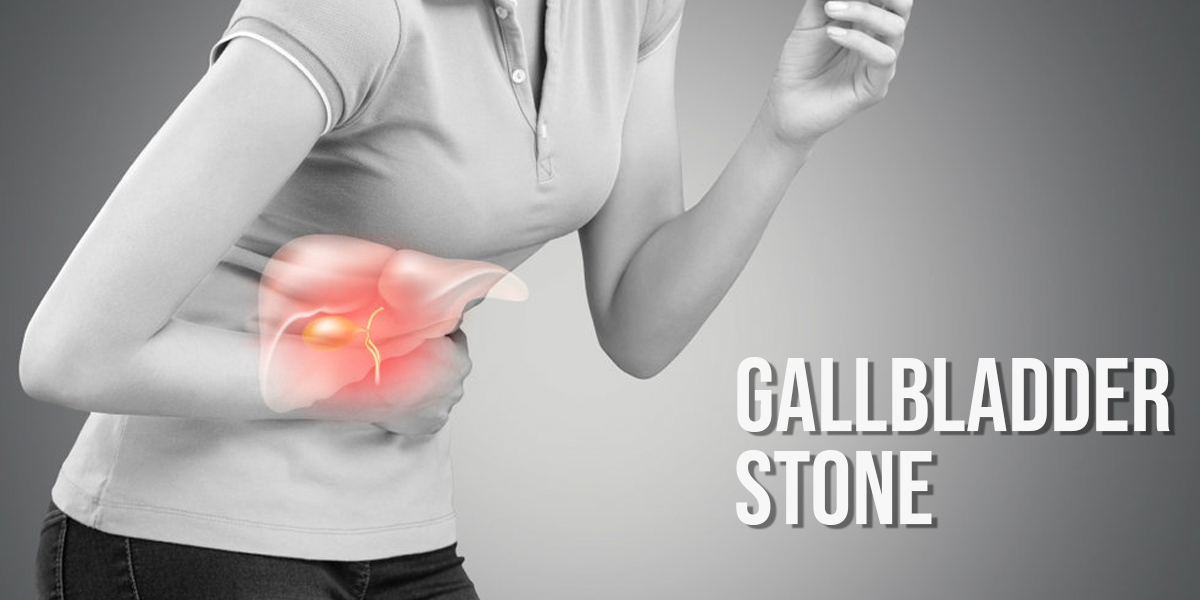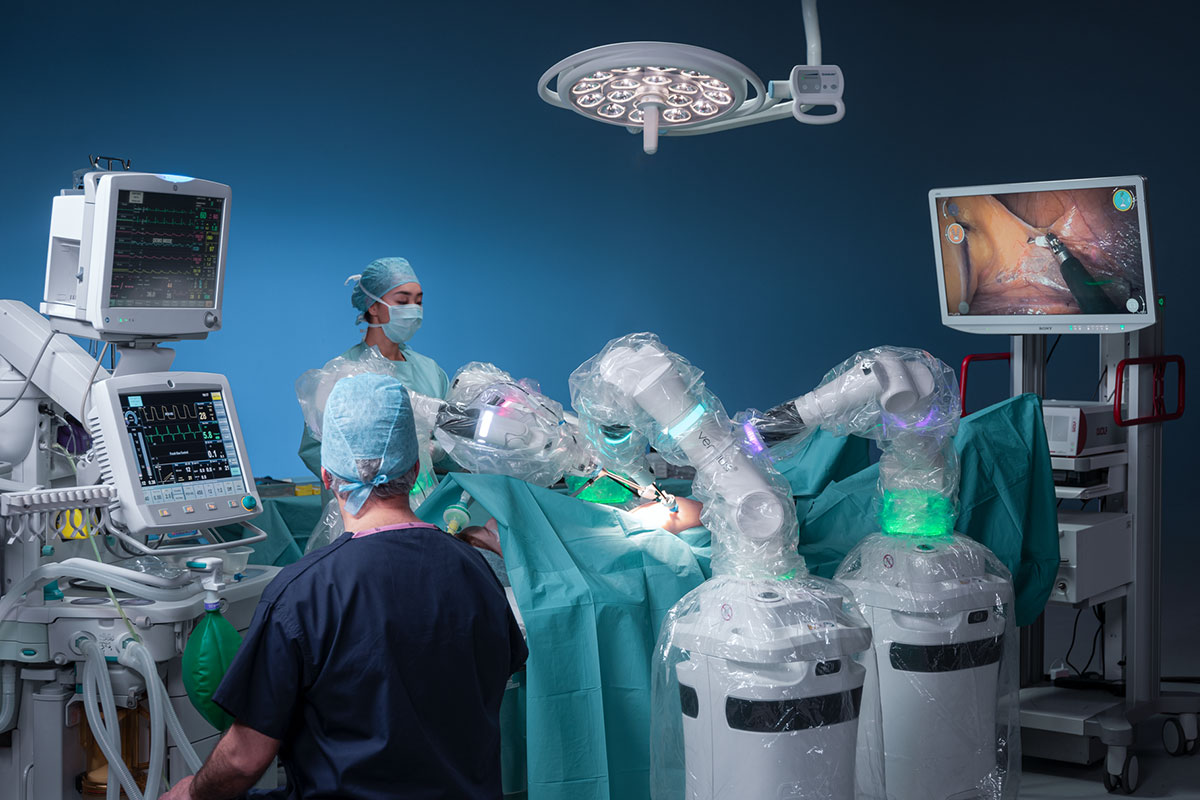Gallbladder stones, commonly known as gallstones, are small, hardened deposits that form in the gallbladder due to imbalances in the substances that make up bile, such as cholesterol and bilirubin. These stones can vary in size, and while some remain asymptomatic, others cause significant discomfort or severe complications. Understanding the available gall bladder stone treatment options can help individuals make informed decisions to improve their health and well-being.
What Are Gallbladder Stones and How Do They Form?
Gallbladder stones form when bile contains an excess of cholesterol or other substances that cause the bile to crystallize. Over time, these crystals can grow into stones. While the exact cause of gallstones varies, contributing factors include obesity, rapid weight loss, certain medical conditions, and a high-fat diet.
Symptoms of gallstones often depend on whether they block the bile ducts. Common symptoms include:
- Persistent pain in the upper right abdomen or back
- Nausea and vomiting
- Bloating and indigestion
- Fever or chills in severe cases
- Yellowing of the skin (jaundice), indicating a bile duct blockage
For individuals experiencing these symptoms, it’s essential to seek medical advice to determine the most appropriate gall bladder stone treatment.
Top Treatment Options for Gallbladder Stones
There are several effective ways to treat gallstones, ranging from medication to surgical procedures. The choice of treatment depends on the size of the stones, the severity of symptoms, and the patient’s overall health.
1. Cholecystectomy: Surgical Removal of the Gallbladder
Surgical removal of the gallbladder is the most common and effective treatment for symptomatic gallstones. Known as a cholecystectomy, this procedure eliminates the source of the problem and prevents future occurrences of gallstones.
- Laparoscopic Cholecystectomy:
This minimally invasive procedure involves making small incisions and using a laparoscope (a thin tube with a camera) to remove the gallbladder. It has become the preferred method due to its shorter recovery time, minimal scarring, and fewer postoperative complications. Most patients are discharged within 24 hours and fully recover within two weeks. - Open Cholecystectomy:
For complex cases, such as when there are complications or prior abdominal surgeries, an open cholecystectomy may be recommended. This involves a larger incision and requires a longer recovery period.
2. Medications to Dissolve Gallstones
For individuals who are not candidates for surgery or prefer a non-surgical approach, medications like ursodeoxycholic acid may be prescribed. These medications work by breaking down cholesterol in the stones, gradually dissolving them.
While this method is less invasive, it has significant drawbacks, including:
- A prolonged treatment period that may take months or years
- The possibility of gallstones re-forming once treatment stops
- Limited effectiveness for large or pigment-based stones
3. Lithotripsy: Ultrasonic Treatment
Lithotripsy uses ultrasonic shock waves to break gallstones into smaller fragments, allowing them to pass naturally. This treatment is rarely used and is typically reserved for cases with small, isolated stones. Its effectiveness is limited, and it is not commonly recommended as a primary gall bladder stone treatment.
Lifestyle Adjustments and Diet Management
For those with mild symptoms or no immediate need for surgery, lifestyle changes can play a role in managing gallstones. A balanced diet low in saturated fats and high in fibre can help prevent further stone formation. Small, frequent meals and maintaining a healthy weight are also beneficial.
When Should You Seek Medical Attention?
If you suspect gallstones, prompt medical attention is crucial. Symptoms such as severe abdominal pain, persistent nausea, fever, or yellowing of the skin should not be ignored. Left untreated, gallstones can lead to complications such as:
- Gallbladder inflammation (cholecystitis)
- Bile duct infection
- Pancreatitis
Early diagnosis and treatment are essential to prevent these potentially life-threatening conditions.
Advancements in Gallbladder Stone Treatment
With advancements in medical technology, gall bladder stone treatments have become safer and more effective. Minimally invasive techniques like laparoscopic cholecystectomy ensure faster recovery times, reduced pain, and lower risks of infection. Additionally, the use of advanced imaging tools allows for precise diagnosis and treatment planning.
Know more about : Busting Myths About Gall Bladder Stones
Conclusion
Gallstones can significantly impact an individual’s quality of life, causing pain, discomfort, and potential complications. While some cases may be managed with lifestyle changes and medications, surgical removal of the gallbladder remains the most reliable solution, particularly for symptomatic gallstones. Minimally invasive procedures like laparoscopic cholecystectomy offer a high success rate, faster recovery, and long-term relief.
If you or someone you know is dealing with gallstones, seeking expert medical advice is the first step towards effective treatment. Leading healthcare providers, including facilities known for their advanced surgical techniques and patient-centric care, are equipped to offer world-class treatment options. Facilities like BLK-Max Super Speciality Hospital, provide trusted expertise and cutting-edge technology for managing gallbladder stones.
By addressing the condition early and choosing the right treatment, individuals can return to a healthy, pain-free life with confidence.




